winter composting?
shadygarden_CO
10 years ago
Related Stories

GARDENING GUIDESGet on a Composting Kick (Hello, Free Fertilizer!)
Quit shelling out for pricey substitutes that aren’t even as good. Here’s how to give your soil the best while lightening your trash load
Full Story
GARDENING GUIDESGarden Myths to Debunk as You Dig This Fall and Rest Over Winter
Termites hate wood mulch, don’t amend soil for trees, avoid gravel in planters — and more nuggets of garden wisdom
Full Story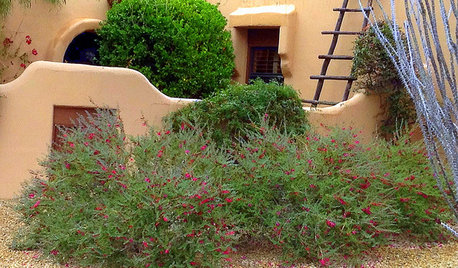
GARDENING GUIDESGreat Design Plant: Valentine Bush for Heartfelt Winter Color
Passionate red flowers from winter through spring add gorgeous color to bare Southwest landscapes
Full Story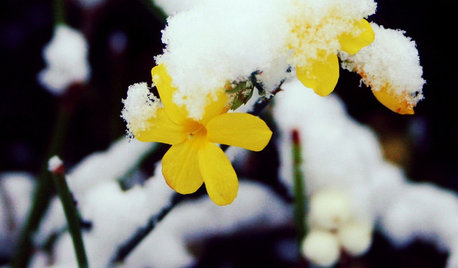
YELLOW FLOWERSGreat Design Plant: Winter Jasmine Gladdens Snowy Gardens
Sunny yellow flowers defy the frost, bringing cheer to the garden on gray days
Full Story
HOUSEPLANTSHow to Force Amaryllis Bulbs Indoors
Enjoy vibrant red blossoms even as gardens turn snowy white, by teaching this hardy repeat performer to ignore the calendar
Full Story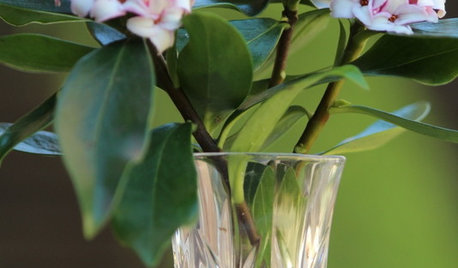
GARDENING GUIDESGreat Design Plant: Winter Daphne
Perfume your garden or home with the tiny pink flowers of this treasured shrub — it's a diva, but the effort is worth it
Full Story
GARDENING AND LANDSCAPINGFall Checklist: 8 Ways to Winterize Your Patio
See how to get your deck or patio ready for cold, wet weather — and keep things in good shape for next spring
Full Story
ENTERTAININGBeat Winter's Chill With an Indoor Picnic
Build warm memories with loved ones by bringing lighthearted outdoor dining to your living room
Full Story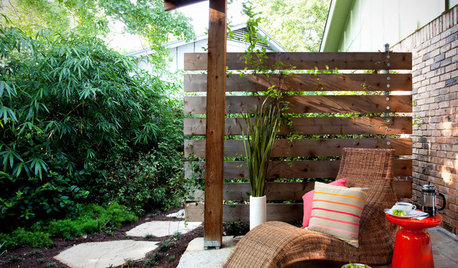
LANDSCAPE DESIGNThe Best Winter Garden Project? Plan for Next Year
Consider these 9 ideas now for a highly personal, truly enjoyable garden come spring
Full Story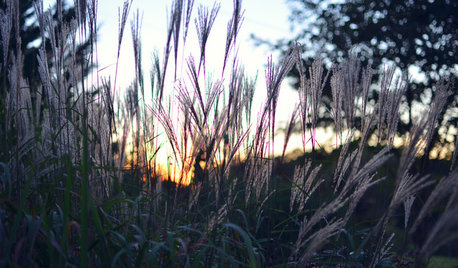
GARDENING GUIDESMid-Atlantic Gardener's November Checklist
Winding down for winter means prepping, potting, piling and picking an indoor solution for daily compost
Full Story0
More Discussions






annpat
toxcrusadr
Related Professionals
Fitchburg Landscape Architects & Landscape Designers · Kenmore Landscape Architects & Landscape Designers · Boca Raton Landscape Contractors · Cordele Landscape Contractors · Elkridge Landscape Contractors · Fishers Landscape Contractors · Fort Myers Landscape Contractors · Framingham Landscape Contractors · Middle River Landscape Contractors · Plainview Landscape Contractors · Saint John Landscape Contractors · Irvington Landscape Contractors · Maple Grove Decks, Patios & Outdoor Enclosures · Natick Decks, Patios & Outdoor Enclosures · Reisterstown Decks, Patios & Outdoor Enclosuresshadygarden_COOriginal Author
Lloyd
sunnyside1
lazy_gardens
Kimmsr
luckygal
robertz6
TXEB
klem1
shadygarden_COOriginal Author
oliveoyl3
chickencoupe
Kimmsr
shadygarden_COOriginal Author
TXEB
Priswell
shadygarden_COOriginal Author
nancyjane_gardener
thedarkness
klem1
thedarkness
klem1